The Right Dividend Stock Fund for You
Dividend stock strategies come in many different flavors. Here's what to look for.


If you're shopping for a dividend-stock fund, do what you do when you buy cereal: Look at what's inside the box (or the portfolio, in this case) so that you know exactly what you're getting. You can't assume that just because a fund has dividend in its name (as hundreds do) that it will closely resemble and perform similarly to other dividend funds, or that it will be a good fit for your investment goals.
"There are a lot of different flavors and a huge dispersion of strategies," says Sean Bandazian, an analyst at Cornerstone Wealth.
Dividends have a long history of adding to a stock's total return. The ability to pay a dividend is "a signal of a company's strength," says Alec Lucas, an investment strategist at Morningstar.

Sign up for Kiplinger’s Free E-Newsletters
Profit and prosper with the best of expert advice on investing, taxes, retirement, personal finance and more - straight to your e-mail.
Profit and prosper with the best of expert advice - straight to your e-mail.
Since 1926, dividends have contributed about one-third (32%) of the total return for the S&P 500, with the remainder coming from capital appreciation or rising stock prices, according to S&P Dow Jones Indices.
But just as cereals have different amounts of sugar, sodium and vitamins, dividend funds (even ones with essentially identical names) hold different types of dividend-paying stocks and have different sector exposures. The funds also have disparities in their fees and stock-selection criteria, depending on whether a fund is run by a stock picker or tracks an index.
The first order of business when selecting a fund is to define your goal.
"Do you need to live off the dividend and turn it into a paycheck?" asks Rob Leiphart, vice president of financial planning at RB Capital Management. Or are you looking more for growth and income?
Many investors, especially retirees, opt for higher-yielding stocks for two key reasons: to generate steady income and to provide downside protection in declining markets.
Others prefer a dividend-growth strategy, which is designed to increase your income stream over time and outpace inflation. Dividend-growth funds target companies with bright prospects for increasing their payouts but not necessarily the ones with the highest yields.
Below, we'll show you some of the ways that dividend funds can differ and offer tips on picking a fund that matches your goals. Prices and other data are through January 7.
What's in a Fund's Name?
Don't assume that actively managed mutual funds and passive, index-based exchange-traded funds (ETFs) with nearly identical names invest in the same things.
"Funds that have the same name can be very different," says Todd Rosenbluth, Head of ETF & Mutual Fund Research at CFRA, a Wall Street research firm.
Consider the differences between Schwab Dividend Equity (SWDSX), an actively managed fund, and Schwab U.S. Dividend Equity ETF (SCHD, $82), which tracks an index of stocks that have a long history of paying an annual dividend. The ETF's expense ratio of 0.06% makes it cheaper than the mutual fund version, which charges 0.89% a year. The ETF also sports a 2.9% yield, compared with the mutual fund's 1.7%.
Each portfolio uses different criteria for choosing stocks, too. Managers of the mutual fund screen for stocks that rank high on Schwab's stock-rating system and also have strong dividend track records. The ETF tracks an index that focuses on the sustainability of the dividend, targeting companies with consecutive payouts of 10 years or more. Only four stocks – Coca-Cola (KO), Verizon (VZ), International Business Machines (IBM) and Home Depot (HD) – are top 10 holdings of both portfolios, according to the most recent reports.
The two funds also tilt toward different sector weightings. For example, the ETF has a larger stake in technology stocks (16% compared with 11% for the mutual fund) and industrials (18% versus 11%). Such differences can have a significant impact on performance. The ETF's one-year return of 27.6% is three points ahead of the mutual fund's one-year gain; the ETF's three-year annualized return of 23.7% trounces the mutual fund’s 14.3%.
Given its lower fees, better returns and less-subjective stock-selection criteria (thanks to indexing), we give Schwab U.S. Dividend Equity ETF the edge. It’s also a member of the Kiplinger ETF 20, the list of our favorite ETFs (recommended investments are in bold).
How Does an Index Screen for Stocks?
The way an index screens stocks for inclusion affects the sector allocation, volatility, yield and overall performance of a passive ETF that tracks the index. An index's formula "lets you know what the fund is seeking to do," says Rosenbluth.
Vanguard High Dividend Yield ETF (VYM, $115), with a rock-bottom expense ratio of 0.06%, homes in on stocks with higher-than-average yields. It replicates the U.S. component of the FTSE High Dividend Yield index; companies that haven't paid dividends in the past 12 months are excluded, as are those forecast not to do so over the next 12 months.
The ETF yields a moderate 2.70%, but it produces robust total returns. It holds 410 mature companies (the broad diversification cuts down on individual stock risk) with favorable growth profiles. Financials make up 22% of the portfolio, with JPMorgan Chase (JPM) the top holding. Other stocks that give the fund some capital-appreciation oomph include home-improvement retailer Home Depot and Pfizer (PFE). The ETF has returned 25.5% over the past year.
Another solid choice among ETFs focused on higher yields is Fidelity High Dividend (FDVV, $41), with a dividend yield of 2.6% and an expense ratio of 0.29%. The fund follows the Fidelity High Dividend index, which factors dividend growth into stock selection and, according to fund tracker Morningstar, screens out the 5% of stocks that have the highest payout ratios (the percentage of earnings paid out in dividends).
This risk control is important: A focus on high yields alone can lead to some sketchy holdings because yields rise as the stock prices of companies in distress are sinking. The portfolio's top sector is financial services, claiming 19.6% of assets, with tech close behind at 19.3%. Apple (AAPL) is the top holding. The ETF's one-year return is 27.7%.
Find Stocks With Sustainable Dividend Growth
Zeroing in on dividend-paying companies with solid growth prospects is one way to ensure the payout you're counting on is fundamentally sound and will increase over time.
To find such stocks, "compare funds not just on yield but on total return," advises Lewis Altfest, CEO and chief investment officer at Altfest Personal Wealth Management.
Some dividend-growth ETFs track only companies that have increased their dividend for five, 10 or 25 consecutive years. Other indexes screen for financial traits that show a stock is well positioned to raise dividends consistently in the future.
Vanguard Dividend Appreciation ETF (VIG, $169), with an expense ratio of 0.06%, is a good choice if you’re looking for companies with sustainable dividends. A member of the Kip ETF 20, it tracks an index of companies that have increased dividends for 10 years or more and screens out the stocks of those that may not be able to continue raising their payouts. Its top holding is tech behemoth Microsoft, which has carved out a niche in the fast-growing cloud-computing business. The ETF yields 1.6% and has posted an annualized gain of 22% over the past three years.
Another option to consider is iShares Core Dividend Growth ETF (DGRO, $56), which has an expense ratio of 0.08%. The fund requires companies to have boosted their dividends for at least five straight years. Financials account for 22% of the portfolio, followed by tech (18%) and healthcare (17%). Healthcare behemoth Johnson & Johnson (JNJ) is the top holding. The ETF yields 2.0% and has gained 21.4% annualized over the past three years.
Get Kiplinger Today newsletter — free
Profit and prosper with the best of Kiplinger's advice on investing, taxes, retirement, personal finance and much more. Delivered daily. Enter your email in the box and click Sign Me Up.

Adam Shell is a veteran financial journalist who covers retirement, personal finance, financial markets, and Wall Street. He has written for USA Today, Investor's Business Daily and other publications.
-
 Fired Up By the Masters and RBC Heritage? See These Homes for Sale By Golf Courses
Fired Up By the Masters and RBC Heritage? See These Homes for Sale By Golf CoursesFive homes for sale near golf courses, for people who can't get enough of the tour.
By Alexandra Svokos
-
 The Economic Impact of the US-China Trade War
The Economic Impact of the US-China Trade WarThe Letter The US-China trade war will impact US consumers and business. The decoupling process could be messy.
By David Payne
-
 Stock Market Today: No 'Powell Put'? No Problem
Stock Market Today: No 'Powell Put'? No ProblemInvestors, traders and speculators look beyond both another Trump post and more signs of slowing economic activity.
By David Dittman
-
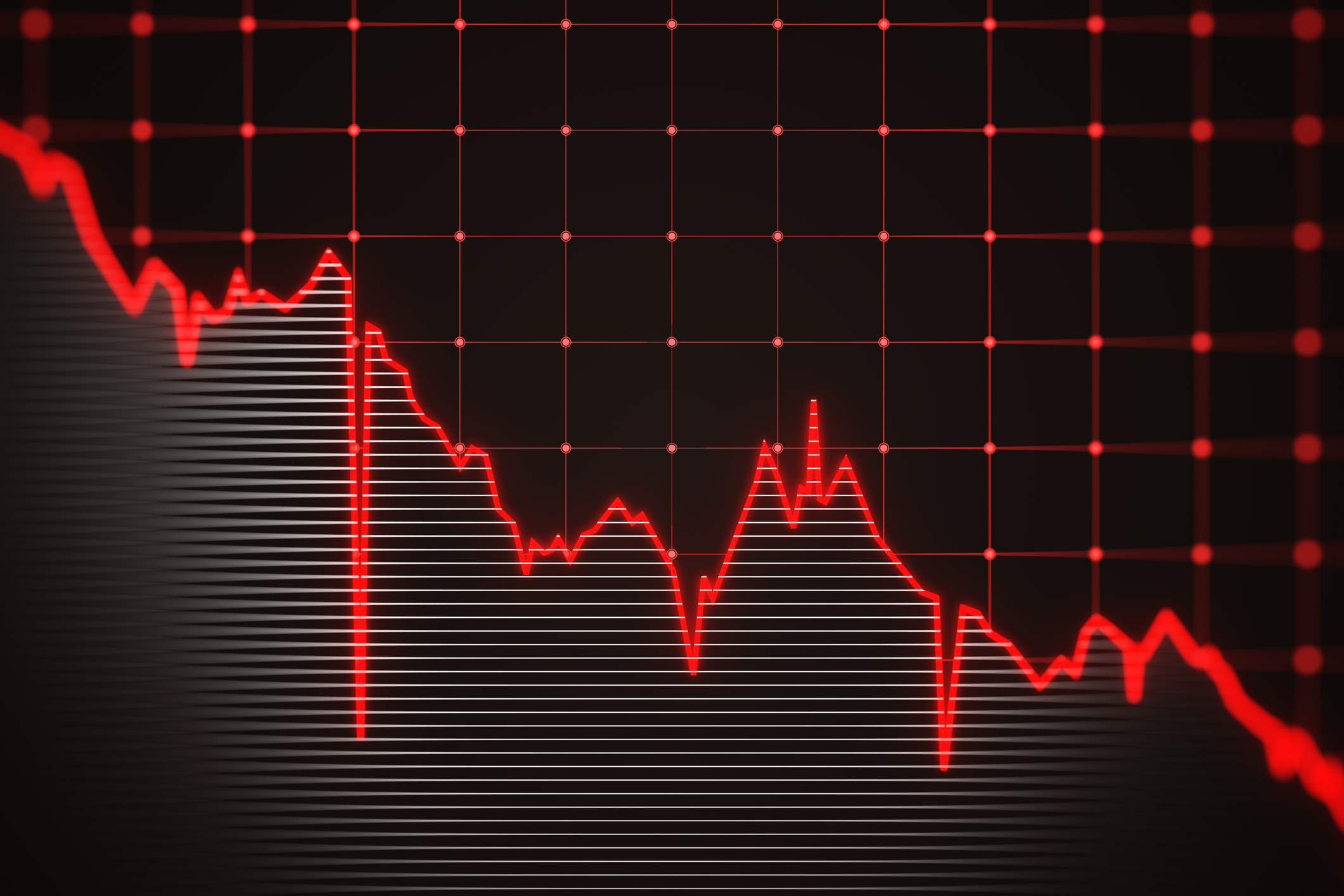 Stock Market Today: Dow Drops 699 Points After Powell Speech
Stock Market Today: Dow Drops 699 Points After Powell SpeechFed Chair Powell warned of a slowing economy and higher inflation but said the central bank isn't ready to cut rates just yet.
By Karee Venema
-
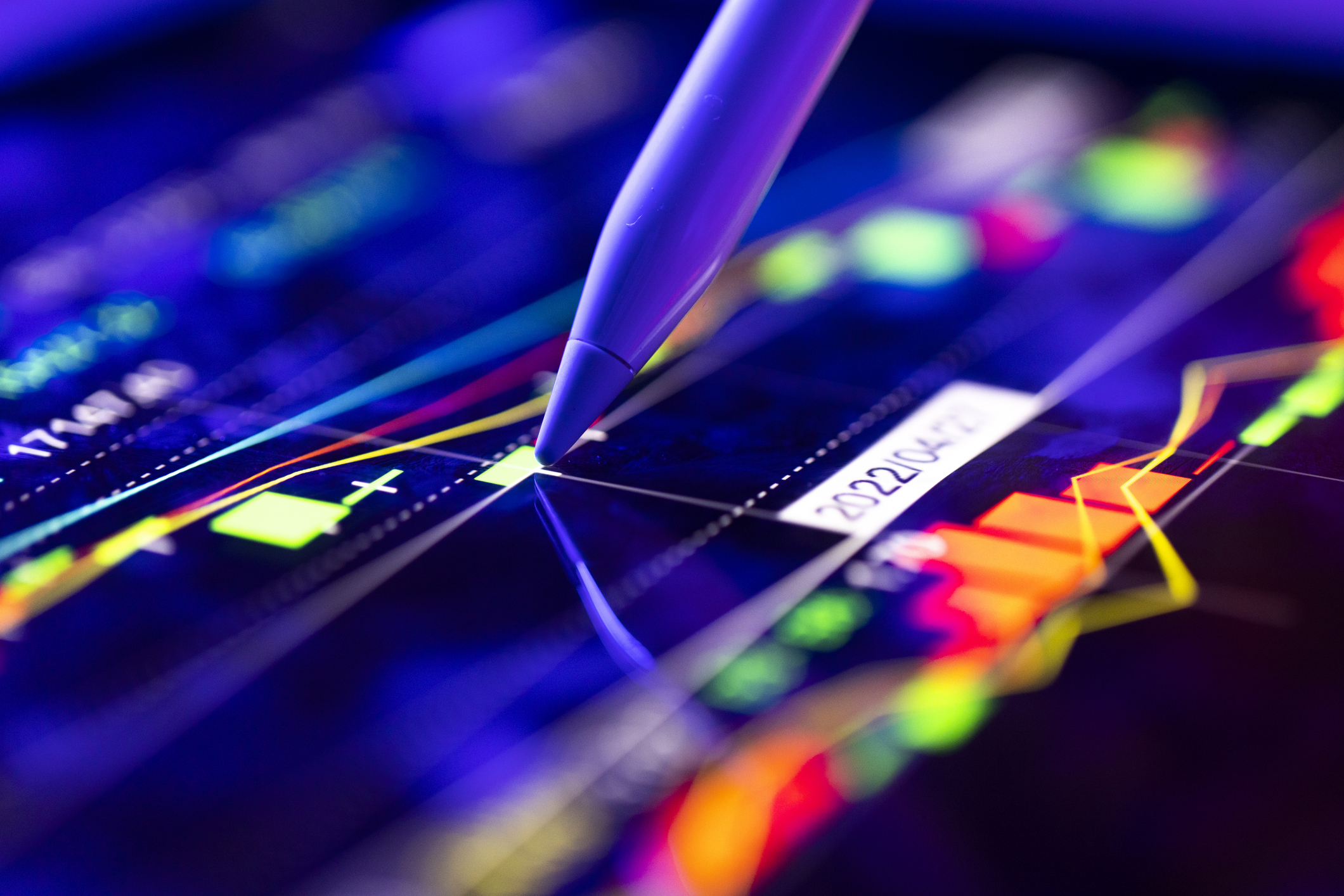 Stock Market Today: Stocks Struggle Amid Tariff Uncertainty
Stock Market Today: Stocks Struggle Amid Tariff UncertaintyBoeing dropped after China suspended new aircraft orders, while Bank of America and Citi climbed on earnings beats.
By Karee Venema
-
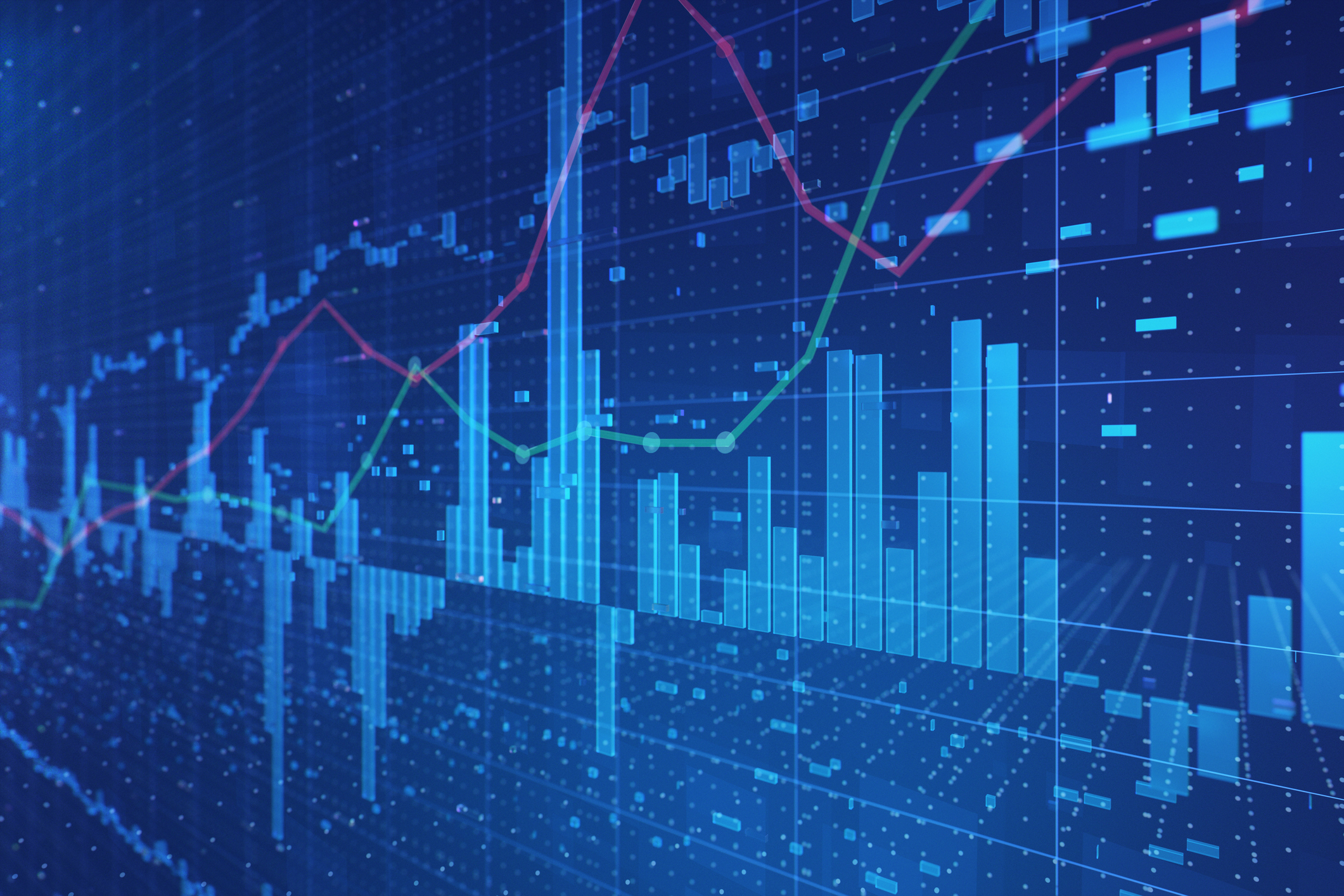 Stock Market Today: Stocks Gain on Tech, Auto Tariff Talk
Stock Market Today: Stocks Gain on Tech, Auto Tariff TalkThe Trump administration said late Friday that it will temporarily halt tariffs on some Chinese tech imports.
By Karee Venema
-
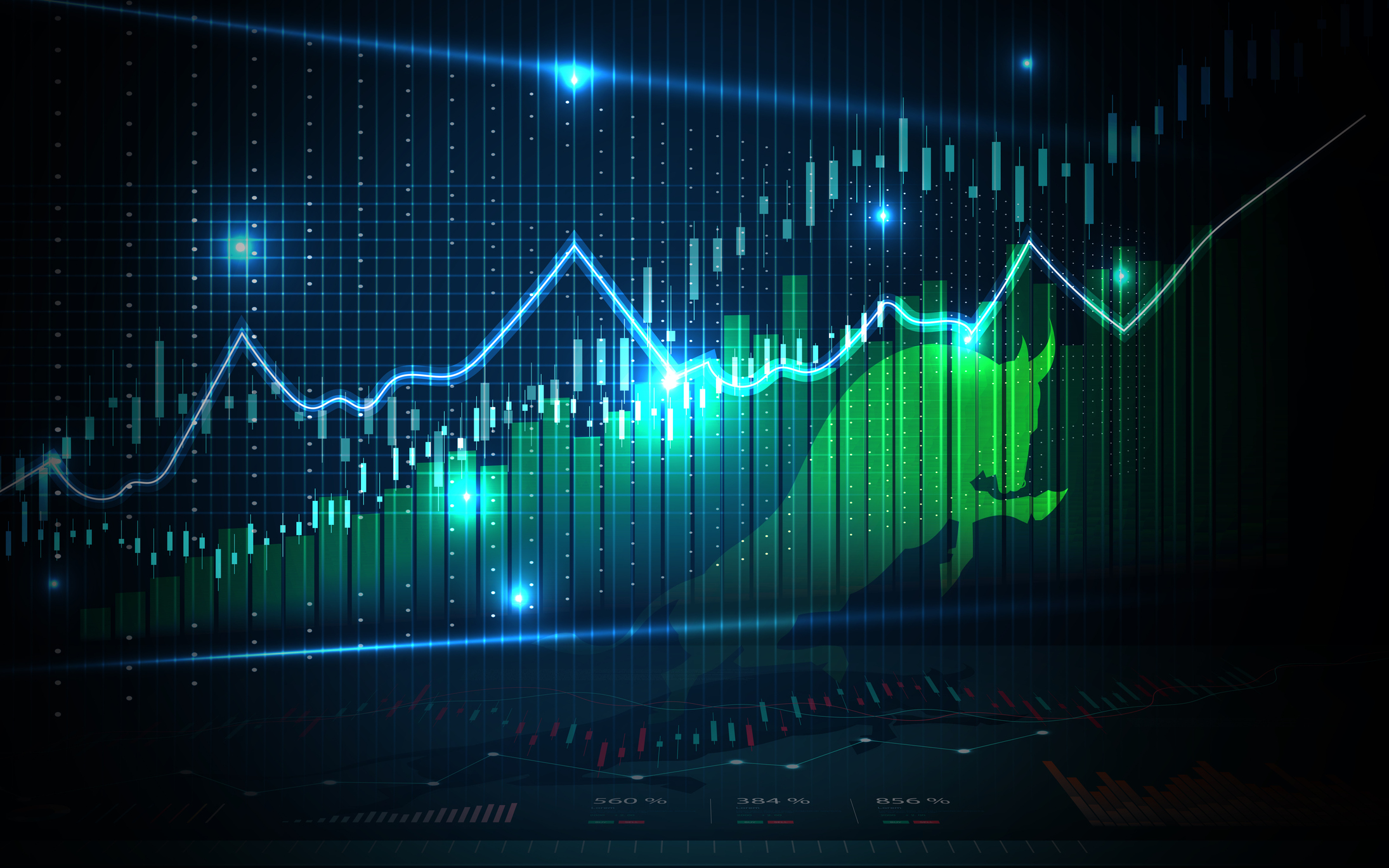 Stock Market Today: Stocks Surge to Close a Volatile Week
Stock Market Today: Stocks Surge to Close a Volatile WeekIt was another day with a week's worth of both news and price action, but it ended on a strongly positive note.
By David Dittman
-
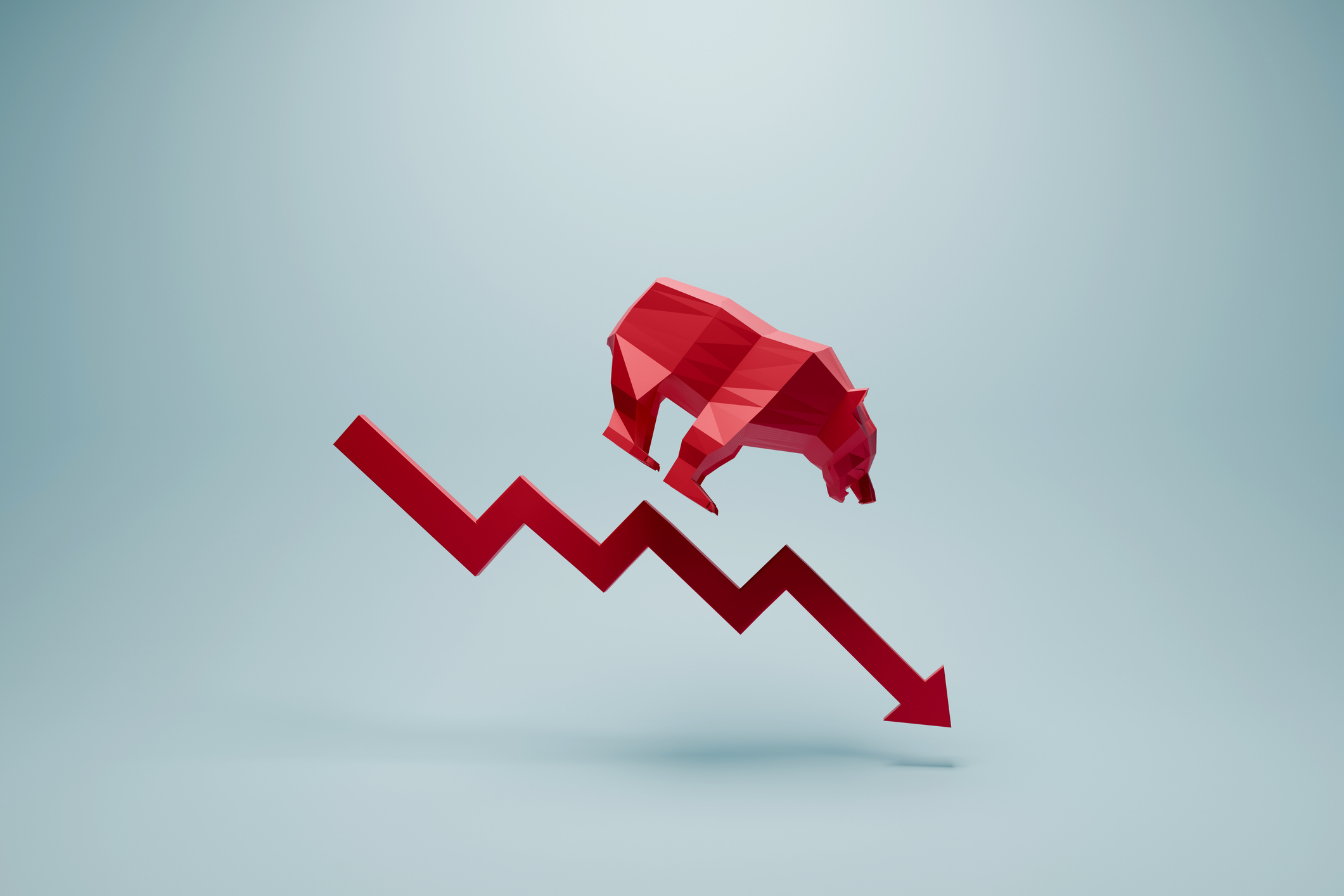 Stock Market Today: Uncertainty Proliferates: Dow Loses 1,014 Points
Stock Market Today: Uncertainty Proliferates: Dow Loses 1,014 PointsWeaker-than-expected consumer inflation data wasn't enough to stabilize sentiment during another volatile day for financial markets.
By David Dittman
-
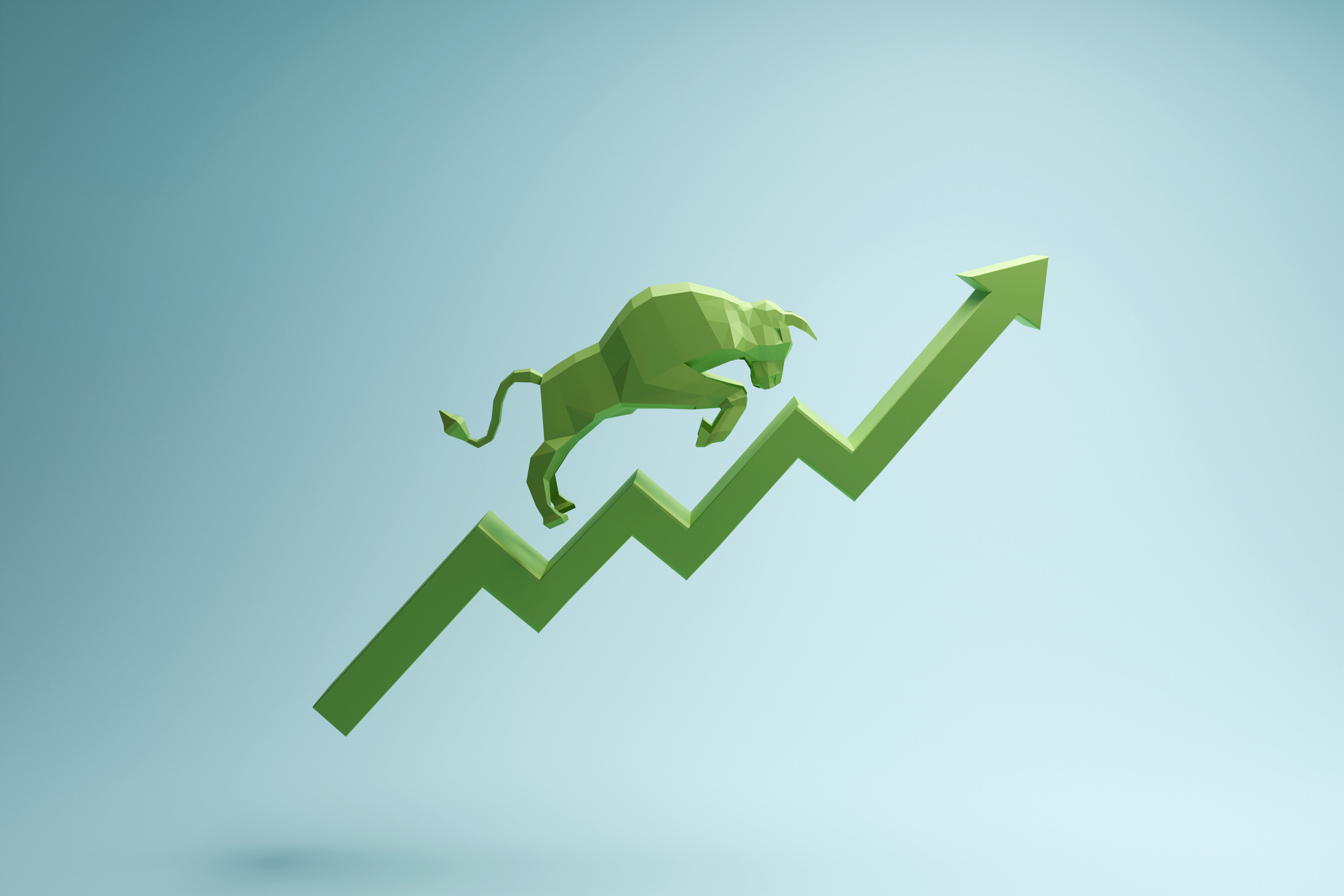 Stock Market Today: Tariff Pause Triggers 3,000-Point Dow Rally
Stock Market Today: Tariff Pause Triggers 3,000-Point Dow RallyThe bond market is sending concerning signals as the Trump administration executes its rapid reordering of global trade relationships.
By David Dittman
-
 Stock Market Today: Tariff Talks Drive Another Up-and-Down Day
Stock Market Today: Tariff Talks Drive Another Up-and-Down DayTrade war negotiations are happening, but the "fear gauge" is gyrating, and investors, traders and speculators are still searching for signs of a bottom.
By David Dittman